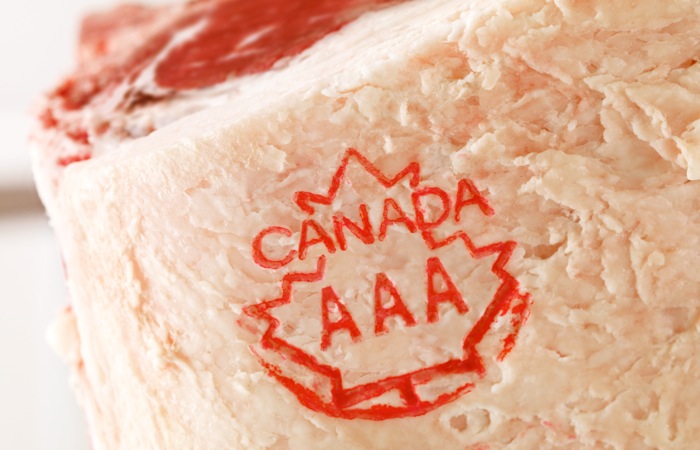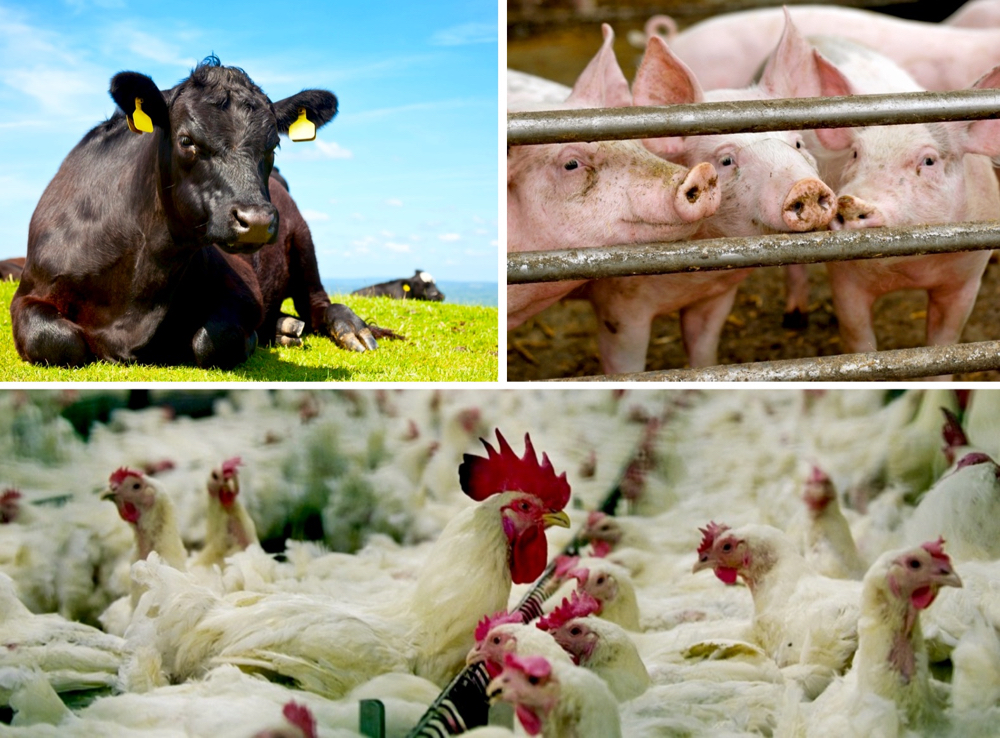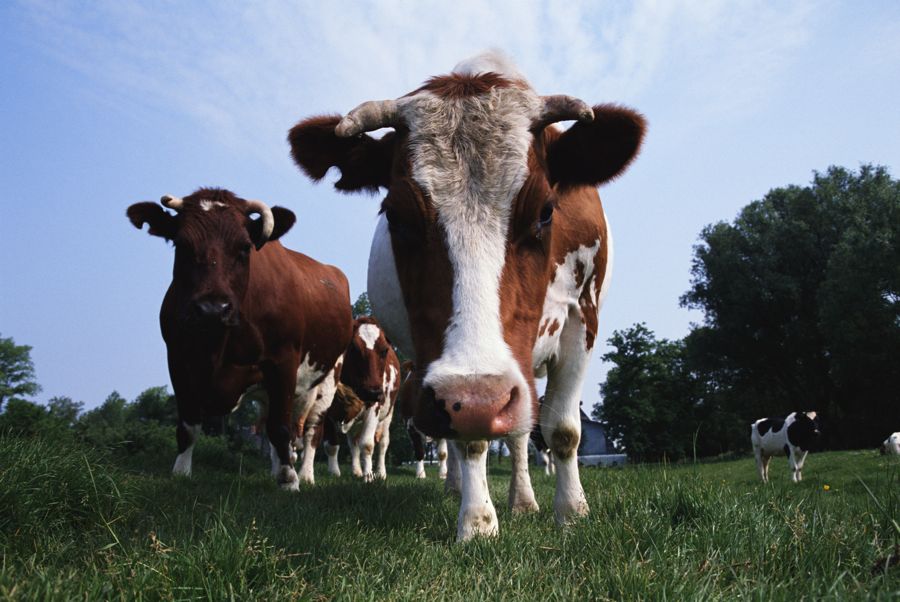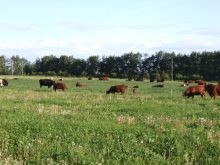If the stars align as predicted sometime this spring over 700 pages of regulations regarding agricultural products controlled under the new Safe Food for Canadians Act will pass through the hurdles of Canada Gazette I and II and come into force.
The act itself was approved by Parliament in November but doesn’t really become empowered until all the regulations are modernized to suit this new law. That was supposed to happen early in 2015 but as this issue moves to press it was still in the works and with a federal election in the wind, it may be held up even longer.
Read Also

Body condition, nutrition and vaccination for brood cows
One of the remarkable events of the past century related to ranching has been the genetic evolution of brood cows….
Whenever the regs are passed one of the options the new act will offer is the chance to slice through some red tape by having a document “incorporated by reference.” It’s a way to update a document, say something like beef grading standards, without having to amend the regulation itself. Thus the regulations can be updated as new science or innovations come along without the long and torturous process involved in making an actual amendment. Sounds like a good idea.
Of course the government requires that the change be appropriate for the document and all stakeholders have input into the change, so any third-party organization wanting to make a change in a document in a regulation has to do its due diligence before it submits it.
When the government gets around to passing these regulations the carcass grading requirements for beef, bison and veal are likely to become one of the first industry-managed documents to be incorporated by reference in Canada Gazette I.
Some would say, it’s about time. A joint industry request to the minister of agriculture to replace Canada’s three-yield grade standard with the United States Department of Agriculture (USDA) five-yield class classification was first submitted way back in November 23, 2011.
- More ‘Comment’ with Gren Winslow: It’s all about the money
There is no doubt such a change will make life simpler for Canada’s larger packers as they already utilize the USDA yield class system, and producers who market fed cattle north and south of the border.
Ironically, one of the people who won’t be happy to see this change pass is Cindy Delaloye, the longtime general manager of the CBGA.
“Personally I have never been fond of the industry position to move to the USDA yield algorithm with its five-yield classes. Yes, it is based on cutability of a carcass but only on the yield of four of the five primals. It is also based on what was considered industry standard trim in 1960, which was one-half inch. In addition to these items which are not representative of the entire carcass or current industry processing practices, the algorithm for USDA cutability was generated from a sample population that was 21.6 per cent cows, not the typical cattle population to which we assess yield grades. Add to that the fact that the Canadian gene pool for slaughter cattle is very different from the gene pool used to develop the algorithm by the USDA in the 1960s and we may be heading for a step back in yield assessment for true carcass value.”
Now the USDA has also recognized that its carcass evaluation is inadequate for today’s herd and is currently assessing comments from the industry before it makes a change. The comments found on the U.S. Federal Registry site (Docket AMS LPS 14-0052 Beef Carcass Revisions) suggest the industry also recognizes the deficiencies in the current USDA yield equation and the need for a more meaningful classification of expected yield to provide “relevant classification of beef carcasses by value,” as noted by National Beef Packing Co. LLC.
Other comments point to a bias in the current USDA algorithm that favours light carcasses and penalizes heavy ones so that it “systematically underestimates retail meat yield for heavier carcasses,” according to the Indiana Farm Bureau.
“Are Canadian cattle going to be penalized using this algorithm?” Delaloye wonders, pointing to CanFax research that shows average Canadian slaughter cattle have been heavier than U.S. slaughter cattle, even without accounting for the kidney, pelvic, and heart fat that adds to U.S. carcass weights.
“This may be the time to suggest a North American standard that is reflective of 21st century fed slaughter genetics and management practices,” she says.
The American Meat Institute wants a thorough scientific review by credible individuals and institutions before it recommends any grading change. Delaloye couldn’t agree more, and she would like to see what comes out of the research at the Lacombe Research Station into new methods for predicting per cent lean, cut yield and salable yield before we simply jump on the U.S. coattails.
“ We need yield assessment methodology that will help Canadian and potentially North American cattle industries select and improve production thereby achieving better efficiencies which should be reflected in profit.” To that end she says the CBGA has initiated discussions between Canadian and U.S. researchers.
“The five USDA yield classes do distribute cattle over a well-proportioned bell curve compared to the Canadian three-yield class system which is heavily skewed to the Canadian Y1 class. Unfortunately neither of the classification systems are set up to communicate production efficiencies to producers, and help them select cattle accordingly.”
“The truth is out there. Why don’t we seek it objectively and build a more meaningful scientific classification of carcasses by expected yield?”

















